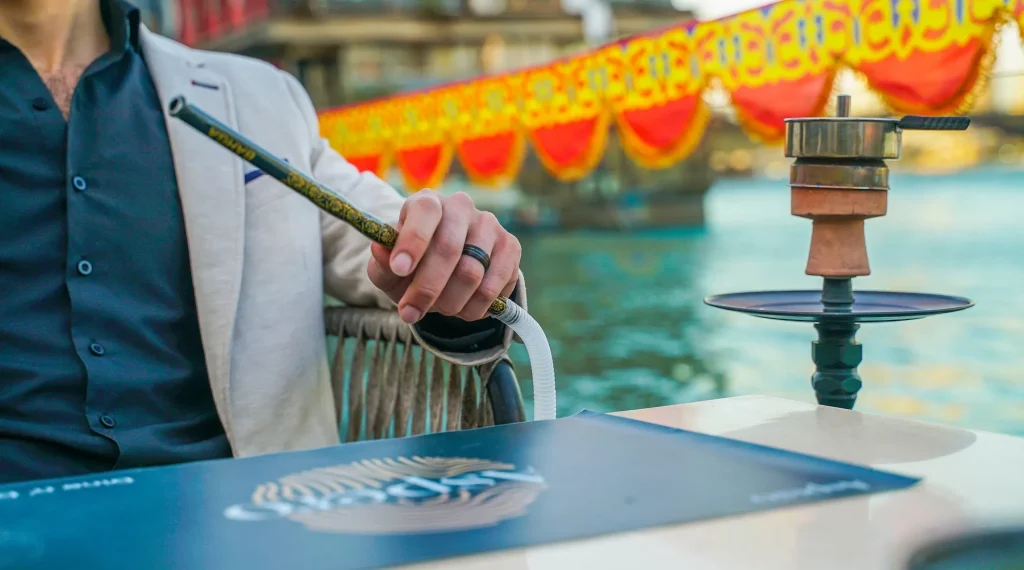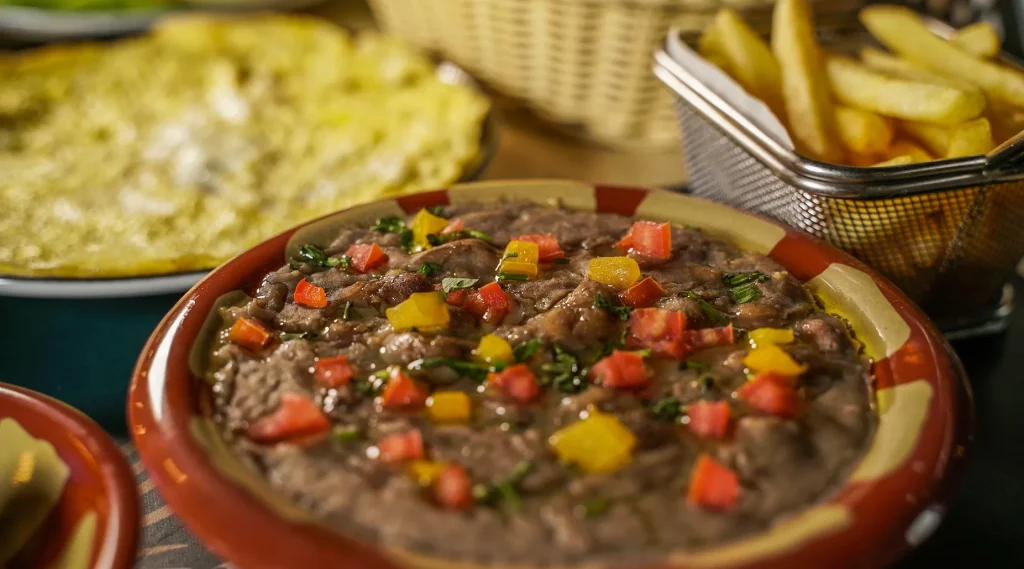What makes a menu well-designed is a combination of psychology, creativity, and functionality. A menu is more than a list of dishes – it is a communication tool that reflects a restaurant’s identity and influences guest choices. From the layout and language to the balance of items, a well-crafted menu enhances the dining experience. At restaurants like Aaspero, menu design is treated as carefully as the food itself, ensuring that guests feel guided, inspired, and excited by what they see.
The Role of a Menu in Dining
A menu acts as the silent ambassador of a restaurant.
First Impressions
Guests often form their first opinion of a restaurant based on the menu. Its appearance, clarity, and tone set expectations for the entire meal.
Brand Identity
Menus reflect the personality of the restaurant. A luxury venue presents refined language and elegant design, while a casual café may use playful wording.
Influencing Choices
Through layout and wording, a menu subtly directs guests toward certain dishes, balancing profitability with satisfaction.

Key Elements of a Well-Designed Menu
Clear Structure
A good menu has logical sections – appetizers, mains, desserts, beverages – arranged in a way that is easy to follow.
Balanced Selection
Offering too many dishes overwhelms guests, while too few limit choice. The right balance ensures variety without confusion.
Descriptive Language
Words matter. A dish described as “grilled salmon with fresh herbs” feels more appealing than “salmon plate.” At Aaspero, descriptions are crafted to capture both imagination and appetite.
Visual Hierarchy
Fonts, spacing, and highlights guide the eye. Strategic use of bold text or boxes emphasizes signature items.
Pricing Strategy
Well-designed menus present prices subtly, avoiding clutter. Some restaurants omit currency symbols to make prices feel less intimidating.
Psychological Principles in Menu Design
The Golden Triangle
Studies show that when guests open a menu, their eyes move to the top right, then top left, then center. Placing profitable or signature dishes in these spots increases sales.
Anchoring Prices
Placing an expensive item near mid-range dishes makes the latter seem more affordable, guiding guest choices.
Sensory Language
Using words that evoke taste, smell, and texture – like “creamy,” “crispy,” or “aromatic” – makes dishes more appealing.
Limited Options
Too much choice can overwhelm. Menus that narrow options subtly help guests feel confident in their decisions.
How Design Enhances Guest Experience
Easy Navigation
Guests should never feel lost. Sections, headings, and flow must be intuitive.
Matching Ambience
The menu’s design should mirror the restaurant’s vibe. Fine dining menus are often minimal and elegant, while casual spots may include illustrations or playful fonts.
Encouraging Exploration
Highlighting chef’s specials or seasonal dishes encourages guests to try something new. Restaurants like Aaspero use this technique to introduce creativity without overwhelming the main menu.
Digital vs. Printed Menus
Printed Menus
Traditional printed menus offer a tactile, personal experience. They are especially effective in luxury or fine dining venues.
Digital Menus
With QR codes and apps, digital menus allow constant updates and easy translations for international guests. They are practical but must remain user-friendly.
Hybrid Approaches
Some restaurants use both, offering printed menus for in-house dining and digital versions for convenience.
Common Mistakes in Menu Design
Overcrowded Layout
Menus packed with too many items or visuals confuse guests.
Inconsistent Style
Mismatched fonts, colors, or tones create a lack of professionalism.
Lack of Storytelling
A menu that lists dishes without context misses the chance to build connection. Guests enjoy learning about origins, ingredients, or chef inspirations.
Benefits of a Well-Designed Menu
- Enhanced Guest Satisfaction: Guests find what they want easily and feel confident in their choices.
- Increased Sales: Strategic placement and wording encourage ordering profitable items.
- Stronger Branding: The menu becomes part of the restaurant’s overall identity.
- Memorable Experience: Guests remember the flow, design, and emotional impact of the menu.

The Role of Aaspero in Menu Innovation
Restaurants like Aaspero demonstrate how menu design can elevate the entire dining journey. By combining elegant structure, sensory language, and seasonal highlights, Aaspero creates menus that guide guests seamlessly. Each page reflects the brand’s dedication to quality and sophistication, making the menu itself part of the luxury experience.
The Future of Menu Design
As dining evolves, menus will continue to change. Personalized digital menus, sustainability-focused layouts, and interactive features may shape the future. Yet the essentials clarity, storytelling, and brand reflection will remain timeless.
Finally
What makes a menu well-designed is the ability to blend clarity, psychology, and brand identity into a single tool. A good menu is simple yet powerful, guiding guests toward choices that satisfy them while supporting the restaurant’s goals. From structure and language to pricing and design, every detail matters. Restaurants such as Aaspero prove that when a menu is thoughtfully created, it becomes more than a list of dishes – it becomes part of the dining experience itself.
 Phone: +010 50 855 838
Phone: +010 50 855 838  Email: restaurant@asperogroup.com
Email: restaurant@asperogroup.com 


Comments are closed